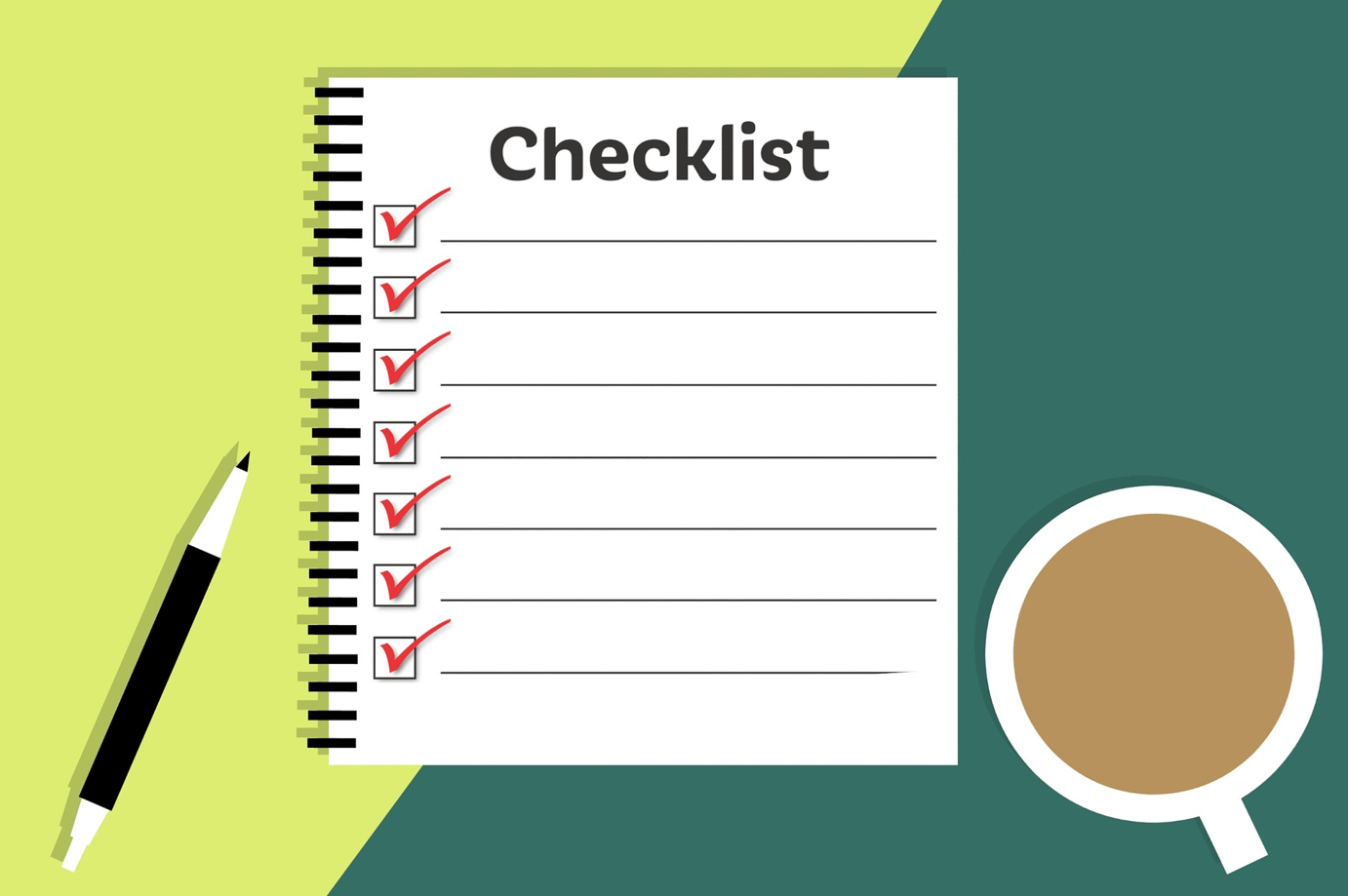The New York Times is Calling … Are You Prepared?

August 27, 2021
By Curley & Pynn
By Elizabeth Lytle
Back in February, we discussed targeted communications and the importance of building relationships with the right media rather than the most popular. I drove home this point by explaining how, in some cases, publications with limited reach may carry greater ROI than inclusion in The New York Times.
Not too long after hitting “publish” on that post, I was contacted by a New York Times reporter seeking comment from our clients at UCF RESTORES for this story. Talk about timing!
While The New York Times was not a top target for our proactive media relations efforts, it was an honor to be included and a great opportunity we couldn’t pass up. Luckily, our team had all the right materials prepared to respond in a timely and appropriate manner. This not only helped our client maximize an unexpected opportunity, but also built trust and goodwill with the reporter and laid the foundation for a continued relationship.
So, if or when the Times does call, how can you be prepared to make the most of that opportunity?
Here are a few of the approaches that contributed to our success:
- Be prepared and ready to share.
When a journalist calls you for insight, it’s crucial that you’re prepared to not only share the elevator pitch about who your client is and what they have to offer, but also to back up those claims with facts, visuals and third-party reporting. An updated press kit can accomplish this for you.
Here’s what we like to include as a start:
- Fact sheet
- Imagery
- Videos
- Executive bios
- Recent news releases
- Recent media placements (if relevant)
Those materials can be instrumental to moving beyond the first background call with a journalist as they often have to “pitch” the story you’re supporting to their editor. By having recent clips and thorough background information to reinforce the story angle you’re sharing, you can help ease and expedite this process.
Having these assets ready to share will also be key to ensuring facts and background information on your client are at the journalist’s fingertips when developing their story. Don’t expect journalists to get the details right if you haven’t shared the details yourself!
- Lay the foundation for a home-run interview.
At the core of any fully developed marketing and communications plan is messaging – what we want to say, when we want to say it, who we want to be impacted by it and why. The right messaging varies from opportunity to opportunity, from one interview to the next. So, if you’re gearing up for an important interview, I encourage you to seek constructive feedback from a communications professional. That professional likely has years of experience working with media, sitting in on interviews, learning how journalists think and what questions they’re most likely to ask.
Preparing for The New York Times opportunity, for example, I was able to sit with my client, put on my “journalist hat” and play the role of interviewer. This placed the messaging we both know in a real-world, story-specific context and allowed us to think through how we’d want to discuss the program’s impact and scope of service at a national level.
This highlights the importance of what I would argue is the most fundamental tool for any C-suite executive to have in their corner: media and message training. Curley & Pynn’s proprietary Message Matrix® training system, for example, supports business leaders in identifying the messages that will resonate most with their target audience. Through this platform, we narrow in on why and how you’d want messaging adapted for certain events, media or audiences, and work through responses to challenging issues step by step. Additionally, we bring decades of media industry experience to the table to share best practices for interviews – including how to “respond, not answer” – and share tips for improving your individual performance.
Basically, we play your toughest, most knowledgeable (but friendly!) critic. This type of third-party feedback can prove invaluable – not just for nailing interviews with confidence, but also for achieving consistent, clear communication from your brand, regardless of who is speaking on its behalf.
- Maximize impact.
Your national feature may be published, but the day isn’t over just yet! Your most recent placement serves as social proof that the story angle is worth covering. Consider how you might maximize reach and impact by sharing this story with local or trade media with whom you’ve already built great relationships. Chances are, if they see your story elsewhere, they might have an interest in getting in on the action and producing a similar piece.
Following the Times story featuring UCF RESTORES, we worked with a senior producer at the local FOX affiliate to craft a follow-up story on the placement. Our work together resulted in a great story that required very little investment and helped spread the word here locally.
You can also maximize impact by promoting media coverage on social media channels, in your email newsletters and on your website.
Executing successfully on a well-rounded media relations plan – one that incorporates targeted communications and national correspondence – is no small feat. But, with the right preparation and training in place, you can be prepared to make the most of the opportunities you pursue and the calls you might take … even if one of those calls is from The New York Times. If you’d like to learn more about how our team can help prepare you for success, reach out!




